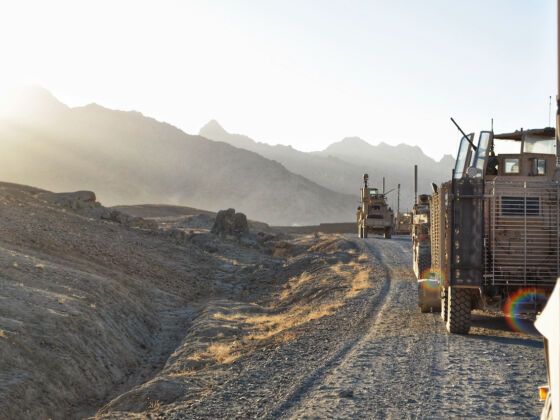Here’s an interesting exercise:
Take two media accounts of the same news event, and compare them.
Step 1: Read what the Globe and Mail had to say about an incident on the Syria-Iraq border this weekend:
U.S. military helicopters launched an extremely rare attack Sunday on Syrian territory close to the border with Iraq, killing eight people in a strike the government in Damascus condemned as “serious aggression.”
A U.S. military official said the raid by special forces targeted the foreign fighter network that travels through Syria into Iraq. The Americans have been unable to shut the network down in the area because Syria was out of the military’s reach.
“We are taking matters into our own hands,” the official told The Associated Press on condition of anonymity because of the political sensitivity of cross-border raids.
Straightforward, right? A U.S. military incursion into Syrian territory, eight killed.
